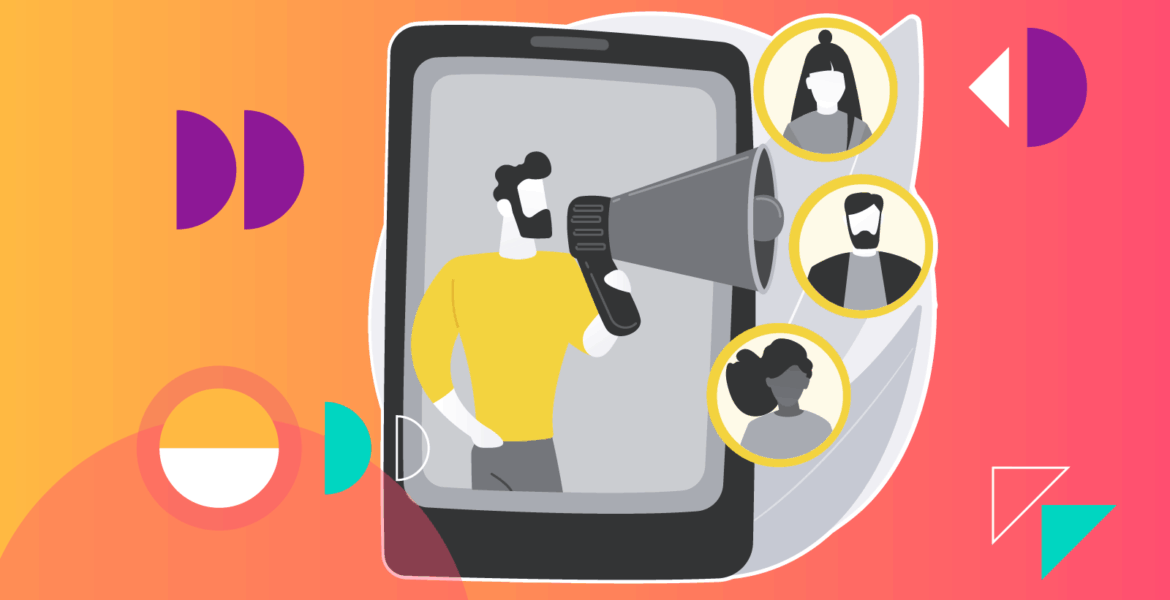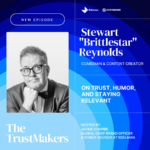By Ed Barter, Co-Founder and CPO at Herdify
Unlike traditional media, digital marketing stands out for its precision – with hyper-targeted, data-driven campaigns designed to deliver measurable, often immediate results.
However, as competition intensifies and digital costs rise, more brands are looking to diversify their quest for attention across multiple channels – from TV and OOH to in-app and direct mail – in search of scalable, sustainable growth. Succeeding in that shift requires more than simply a drive for greater reach and frequency by adding more touchpoints – it requires a deeper understanding of why people buy the things they do.
That’s where consumer psychology comes in.
Beyond the individual
Traditional targeting tools for digital marketers tend to focus on the personal details of individuals – such as age, income, online behaviour – then use that data to group consumers into broad but targetable segments.
This focus on the individual misses something very important: real purchase decisions are rarely made in isolation. In fact, one of the most powerful yet somewhat overlooked drivers of behaviour is ‘word-of-mouth’ – the subtle social influence that shapes what people purchase. Marketers acknowledge its impact but often underestimate how it operates at scale.
Buying decisions are typically shaped in the moment by social context, peer influence, and the behavioural cues that ripple through communities. For instance, someone might buy a new pair of running shoes not because of an ad, but because people in their running club are wearing them – a reminder that influence doesn’t always start with a brand.
By detecting where these conversations are happening and identifying where influence is strongest, marketers can make more strategic, data-driven decisions about where, and how, to invest across their entire media mix.
On target?
A key issue with precision targeting is that marketers often mistake correlation for causation – assuming that someone viewing an ad means their behaviour will be influenced. By incorrectly attributing an online conversion solely to an ad, marketers risk missing all the other influences that contributed to the sale. As Google’s Messy Middle research highlights, the path to purchase is rarely linear – consumers loop between phases of exploration and evaluation, while being influenced by multiple touchpoints along the way.
Without understanding why the customer converted, media strategies can become inefficient and based on flawed assumptions. Instead of simply chasing conversions, marketers should aim to understand the motivations and social dynamics that lead to purchase.
Take influence networks, clusters of people whose behaviour, opinions, or actions shape the choices of others, such as families, friendship groups or local communities. Decisions spread through these networks in the same way that trends or habits do – once key individuals adopt a product or idea, others follow through social proof.
Identify and amplify momentum
Understanding where influence is already happening allows marketers to amplify momentum rather than start from scratch. For example, a challenger brand might see disproportionate growth in a few postcodes. Analysing local social data could reveal strong word-of-mouth influence – signalling a high-value area to amplify with smarter, evidence-based choices across all channels.
When influence is driven by people and communities, media planning needs to reflect that reality. If advocacy is local and visible, the channels that amplify it should be too. That means out-of-home near emerging clusters, direct mail to high-propensity postcodes, or regional TV in areas where word-of-mouth is already strong. The creative should show ‘people like me’ choosing the brand, because social proof always beats abstract persuasion.
Measurement is another important consideration. Success shouldn’t be judged solely on clicks or conversions. By using simple geographic or cohort controls, brands can track the metrics that reflect growth such as penetration, awareness and ultimately revenue in areas where advocacy is highest. Emerging technology further accelerates this process by surfacing where to test, delivering faster results, and signalling where budgets should be redeployed. The upshot is less waste, more effective spend, and strategies that scale more sustainably.
The word of the street
While the precision of digital marketing drives short-term performance, it often neglects brand perception and emotional resonance – these are key elements in sustaining the health and growth of a brand. By better understanding what motivates people and how ideas spread, brands can align upper-funnel brand building with lower-funnel activation.
Behavioural science can help to equip marketers to expand into new channels while optimising existing ones. Brand marketers should explore how real-world influence networks and word-of-mouth hotspots enable more effective omnichannel strategies. In the end, understanding group behaviour is the skeleton key to unlocking full-funnel growth.











